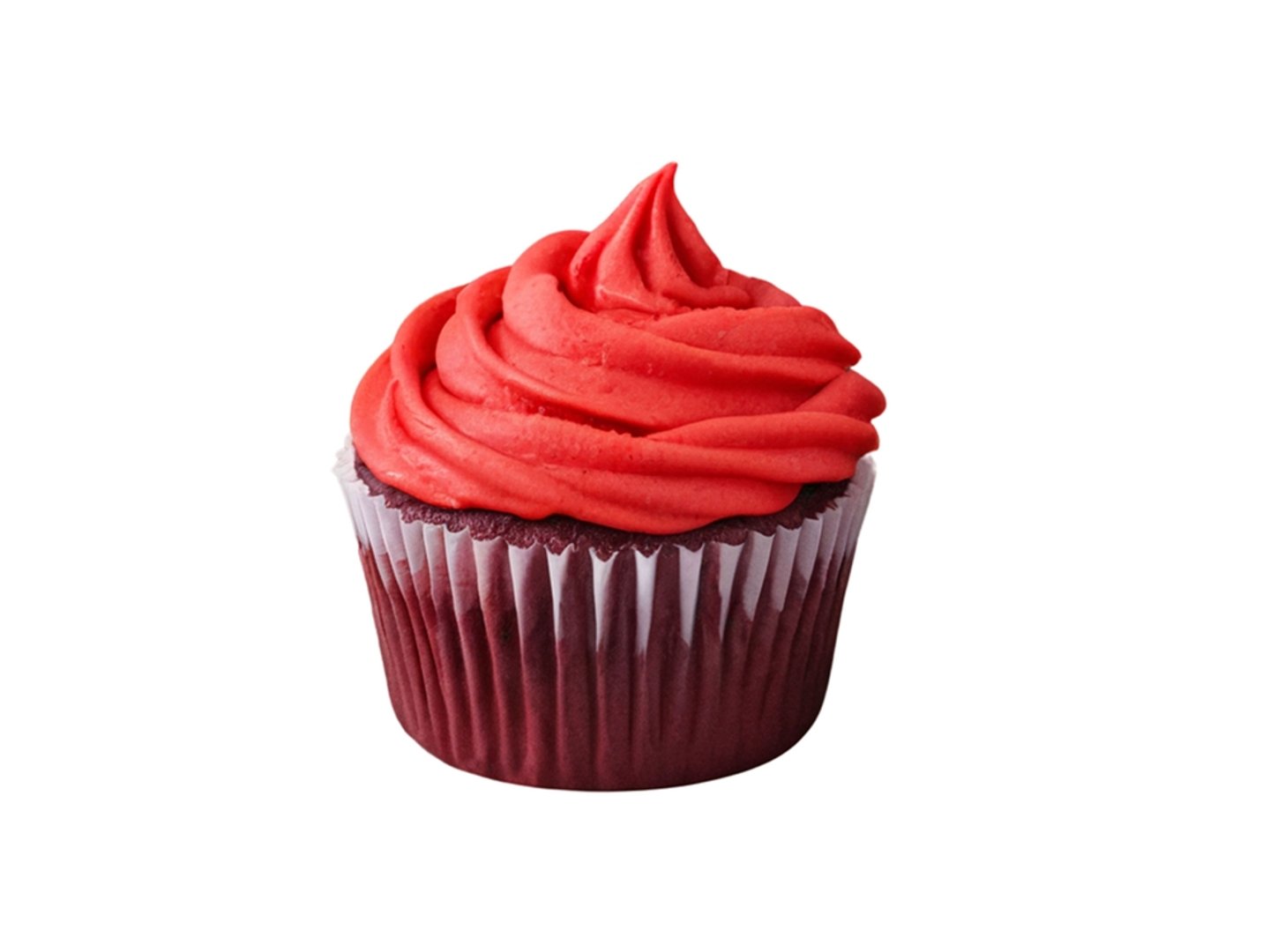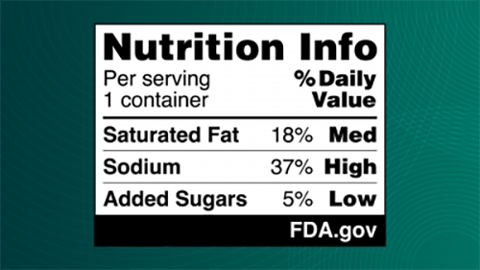FDA Bans Red Dye No. 3 in Food Products
Red Dye No. 3 – which has been the topic of controversy for decades – has been banned by the U.S. Food and Drug Administration (FDA). The agency announced that the dye cannot be used in food products due to its link to health conditions including cancer, and cited the Delaney Clause of the Federal Food, Drug, and Cosmetic Act (FD&C Act).
According to the FDA, manufacturers who use that synthetic food dye in food have until Jan. 18, 2027 to reformulate their products. The agency relayed that Red Dye No. 3 has been mainly used in candy, cakes and cupcakes, cookies, frozen desserts and frostings and icings.
[RELATED: New Seed Oil Safe Badge Verifies CPG Products’ Quality Ingredients]
There has been a groundswell of efforts to motivate FDA to officially enact the ban in foods, as it had for cosmetics and topical drugs back in 1990. The Center for Science in the Public Interest (CSPI) is one advocacy group that long pushed for the move. “At long last, the FDA is ending the regulatory paradox of Red 3 being illegal for use in lipstick, but perfectly legal to feed to children in the form of candy,” said Dr. Peter G. Lurie, CSPI president. “The primary purpose of food dyes is to make candy, drinks, and other processed foods more attractive. When the function is purely aesthetic, why accept any cancer risk?”
In its Jan. 15 statement on revoking the use of Red Dye No. 3 in food, FDA noted that the exposure levels of Red Dye No. 3 for humans are typically much lower than those that cause the effects shown in male laboratory rats. The agency added: “Studies in other animals and in humans did not show these effects; claims that the use of FD&C Red No. 3 in food and in ingested drugs puts people at risk are not supported by the available scientific information.”
In response to the revocation of the authorization to use the additive, the National Confectioners Association (NCA) reiterated that FDA assessment and shared a statement on the decision: "Food safety is the number one priority for U.S. confectionery companies, and we will continue to follow and comply with FDA’s guidance and safety standards. Our consumers and everyone in the food industry want and expect a strong FDA, and a consistent, science-based national regulatory framework. We have been saying for years that FDA is the rightful national regulatory decision maker and leader in food safety,” the group declared in a statement.
Whole Foods Market is one retailer that weighed in on the federal government’s ban. “Whole Foods Market has banned synthetic colors, like Red No. 3, in all food we sell since we first opened our doors in 1980, because we do not believe it is necessary, and it doesn’t add to the quality of food products," said Ann Marie Hourigan, executive leader of quality standards. "The FDA’s decision is an important step forward in improving the quality of food in the U.S. Today, Whole Foods Market stores are full of thousands of products without FD&C synthetic colors, and we continue to bring new brands and products to our shelves that meet both the needs of our customers and our strict quality standards for ingredients."
Meanwhile, Julie Chapon, co-founder of the Yuka project that includes an app enabling consumers to determine the added chemicals and additives buy scanning items at the grocery store, also commented on the FDA’s action. "It's about time,” she declared nothing that Red Dye No. 3 has long been banned in Australia and restricted to candied cherries in Europe. “The FDA's decision is a step forward, but we must continue to push for stronger regulations – dozens of risky additives are still allowed in the U.S."






